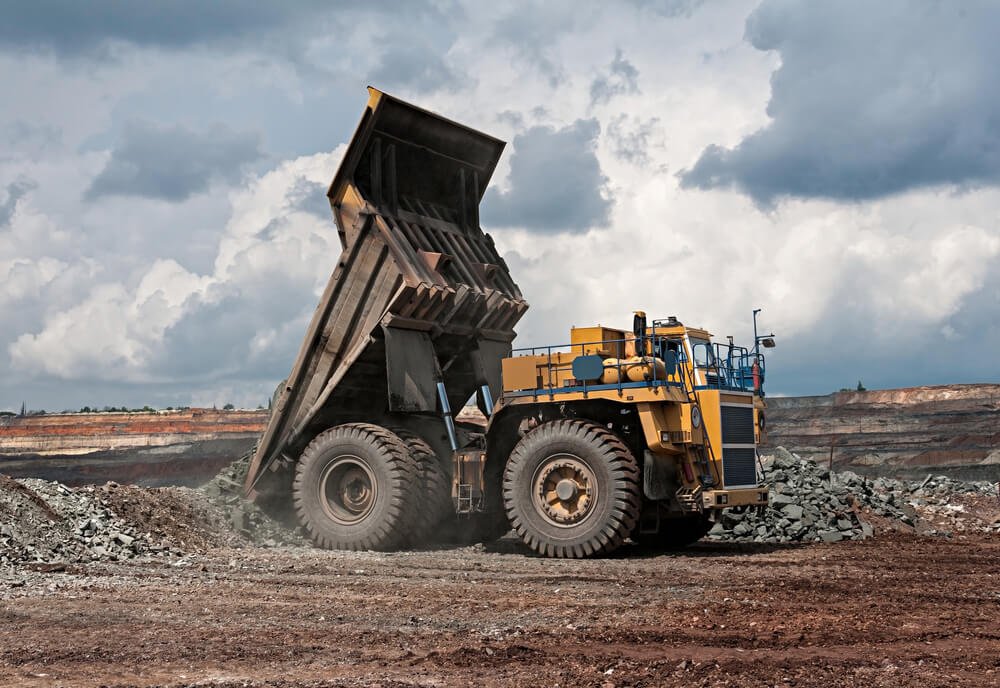The metallic minerals sector in the Philippines experienced a slow start in the first quarter of 2024, with production value down 12.76 percent compared to the same period last year. The Department of Environment and Natural Resources (DENR) reported that the value of domestic metallic mineral production fell to P51.81 billion (approximately $880.77 million) from P59.39 billion (approximately $1.01 billion), a decrease of P7.58 billion (approximately $128.86 million).
Gold led the sector, accounting for 52.01 percent of total production value at P26.95 billion (approximately $458.15 million), followed by nickel ore and its by-products at 33.78 percent (P17.50 billion or approximately $297.50 million).
Copper ranked third with 12.15 percent (P6.30 billion or approximately $107.10 million), while silver, chromite, and iron ore collectively made up 2.05 percent (P1.06 billion or approximately $18.02 million).
Gold production declined by 14 percent, from 8,381 kilograms (kg) last year to 7,178 kg this year. Philippines Gold Processing and Refining Corp. in Masbate led the production with 1,548 kg (P5.77 billion or approximately $98.09 million), followed by OceanaGold Phils. Inc. (OGPI) with 818 kg (P3.11 billion or approximately $52.87 million). The Bangko Sentral ng Pilipinas (BSP) saw a 32-percent drop in gold purchases, from 3,012 kg to 2,043 kg, valued at P7.3 billion (approximately $124.10 million). Despite these declines, the Mines and Geosciences Bureau (MGB) expects gold prices to remain strong due to ongoing geopolitical tensions in the Middle East.
Nickel ore production reached 3.8 million dry metric tons (DMT), valued at P7.63 billion (approximately $129.71 million). However, the average nickel price dropped from $11.78 per pound to $7.53. Twenty-two nickel mines reported no production due to weather conditions, off-season periods, care and maintenance programs, and low prices. Increased rainfall in Caraga, the country’s nickel capital, significantly impacted mining operations.
Copper production increased by 4.0 percent to 67,582 DMT, although its value dropped by 3 percent, from P6.50 billion (approximately $110.50 million) to P6.30 billion (approximately $107.10 million). Silver production contracted by 6 percent, with volume declining from 11,329 kg to 10,603 kg, but its production value slightly increased from P449.23 million (approximately $7.64 million) to P452.72 million (approximately $7.69 million).
Chromite production saw a significant increase, rising from 20,496 DMT last year to 31,286 DMT, with values increasing from P250.3 million (approximately $4.26 million) to P527.2 million (approximately $8.96 million). Iron ore production declined by 26 percent, from 33,497 DMT to 24,864 DMT, with its value dropping from P110.5 million (approximately $1.88 million) to P82.05 million (approximately $1.39 million).
The national government collected P1.21 billion (approximately $20.57 million) in excise taxes and royalties of about P81.33 million (approximately $1.38 million) from metallic mineral mining activities during the quarter. Currently, there are 21 mining projects within mineral reservation areas, including 20 nickel mining projects and a chromite mining project.
The Chamber of Mines of the Philippines (COMP) expects increased copper demand this year, driven by the global transition to green energy and constrained supply. This is anticipated to result in higher copper prices, as observed in end-May 2024 compared to the same period last year. COMP also noted that gold prices remain susceptible to fluctuations due to global geopolitics and U.S. inflationary policies, although the long-term prospects for gold as an investment remain positive. The nickel industry could see a boost from a steady limonite market and interest from Indonesian smelters.






